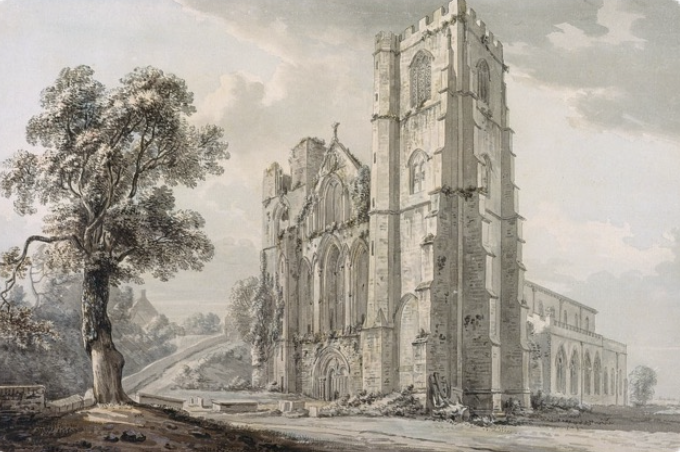Watercolor: The Art of Transparency
- veroniquevassout
- Oct 23
- 3 min read

From prehistoric caves to contemporary studios, watercolor has remained one of the most poetic and spontaneous forms of painting. Often underestimated for its simplicity, this art of water and light continues to fascinate artists around the world.
What is Watercolor?
Watercolor (literally “painting with water”) is a technique in which pigments are diluted with water and applied in thin, transparent layers, usually on white paper. The less water used, the stronger the color; the more water, the lighter the tone. This balance between control and fluidity is what gives watercolor its unique charm: luminous, delicate, and unpredictable.
Unlike oil or gouache, watercolor dries quickly and leaves no room for error. Every brushstroke counts, and the untouched areas of paper become the light itself. This technique allows artists to play with subtle transparencies and create atmospheric effects impossible to achieve otherwise.
A Brief History
Though humans have painted with water-based pigments since prehistoric times, watercolor as an artistic medium truly flourished during the Renaissance and reached its golden age in 18th-century England. In 1766, William Reeves revolutionized the practice by creating the first commercial watercolor paints, allowing artists to work outdoors and capture fleeting impressions of light.
Techniques and Effects
There are two main watercolor techniques. The “wet-on-dry” method uses a damp brush on dry paper for precision and detail. The “wet-on-wet” technique, by contrast, involves moistening the paper before applying color: letting pigments blend freely to create dreamlike blurs and soft gradients. Artists can also play with lavis (smooth washes) and glacis (transparent layers) to add depth and dimension.
And perhaps the most beautiful rule of all: in watercolor, white doesn’t come from paint, it comes from the untouched paper.
Ten Watercolors to Know
A journey through time and continents, these ten masterpieces reveal the diversity and emotion of watercolor.
Paul Sandby, Cathedral of Llandaff (1778). Known as the father of English watercolor, Sandby captured the calm beauty of British landscapes with a subtle play of tones and light.
Nadéra Benmansour, Place de Diaghilev (2016). Born in Oran, Algeria, Benmansour paints scenes from both Paris and her native land, combining precision with vibrant warmth.
Tatiana Ivchenkova, Marron (2020). The Russian-born artist explores emotional depth through variations of a single hue, a meditation on color and texture.
André Roland Brudieux, Landscape (1960). A French artist who moved from wood engraving to watercolor, capturing serene, unlocated landscapes full of mystery.
Winslow Homer, The Lone Fisherman. The American master of realism used watercolor to depict nature’s solitude, reflecting both its serenity and its power.
Roger Hirsch, La Marie Dieu doublant la pointe de Kerro’ch (2018). Hirsch’s meticulous depiction of a boat off the coast of Brittany celebrates detail and reflection in motion.
Franck Le Boulicaut, Rue de l’Hôtel Colbert à Paris (2018). Inspired by inverted drawing methods, Le Boulicaut invites viewers into a reversed yet intimate vision of Paris.
Konstantinos Sofianopoulos, Sailboats off a Cycladic Island (1972). In misty shades of blue and white, Sofianopoulos captures the timeless calm of the Aegean Sea.
J.M.W. Turner, Lake Geneva (1840). The great British romantic turned watercolor into light itself, his works hovering between realism and abstraction.
Antonio Guidotti, Piazza San Marco (1920). The Italian painter and sculptor immortalized Venice’s most iconic square, echoing its intricate reflections and timeless charm.
A Transparent Legacy
Watercolor remains an art of immediacy: fragile yet eternal. Its beauty lies not only in the colors on the paper but in the delicate dialogue between water, air, and the artist’s intuition. From Turner’s landscapes to contemporary creations, it continues to prove that transparency can be one of art’s greatest strengths.
















Comments